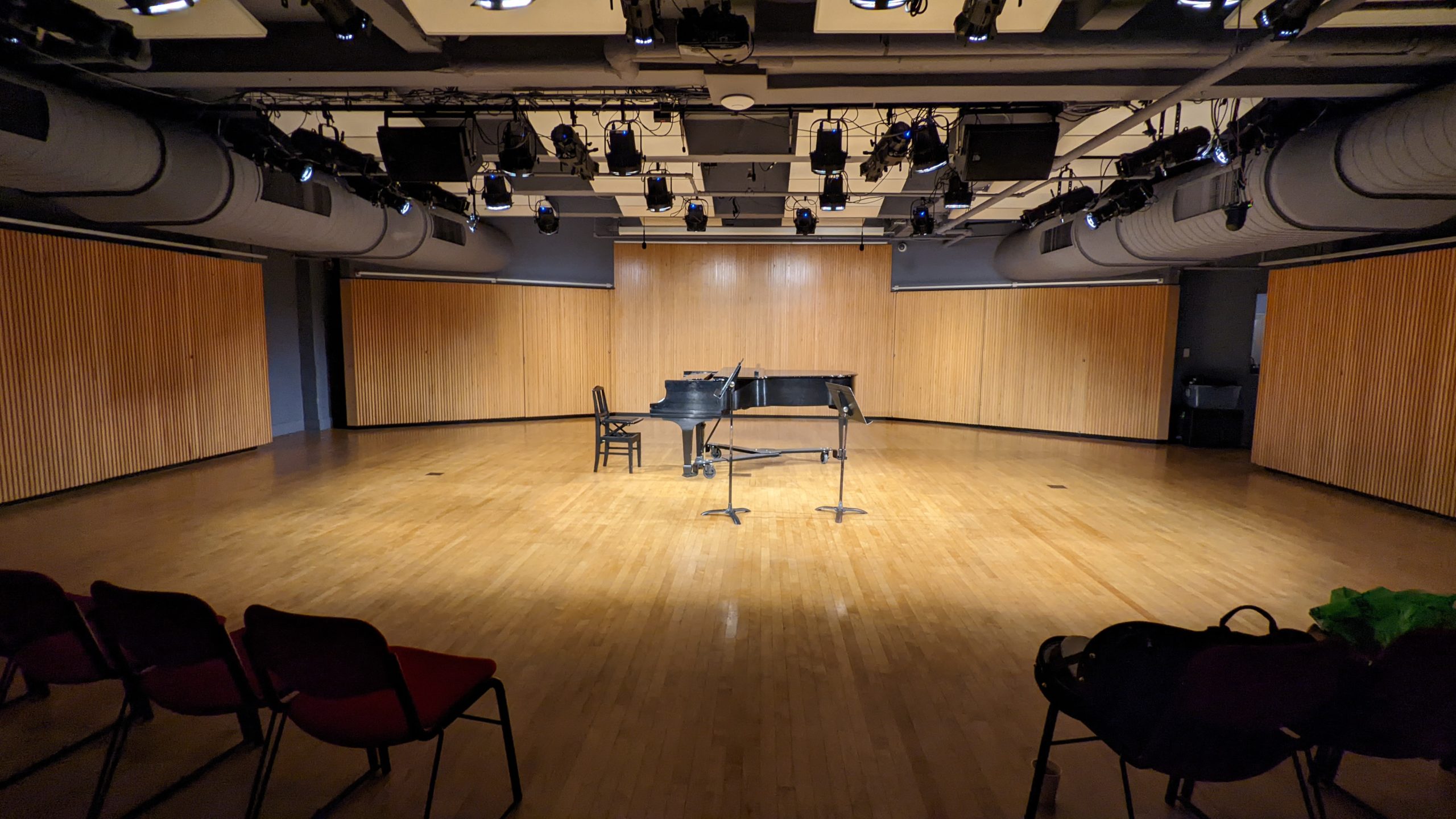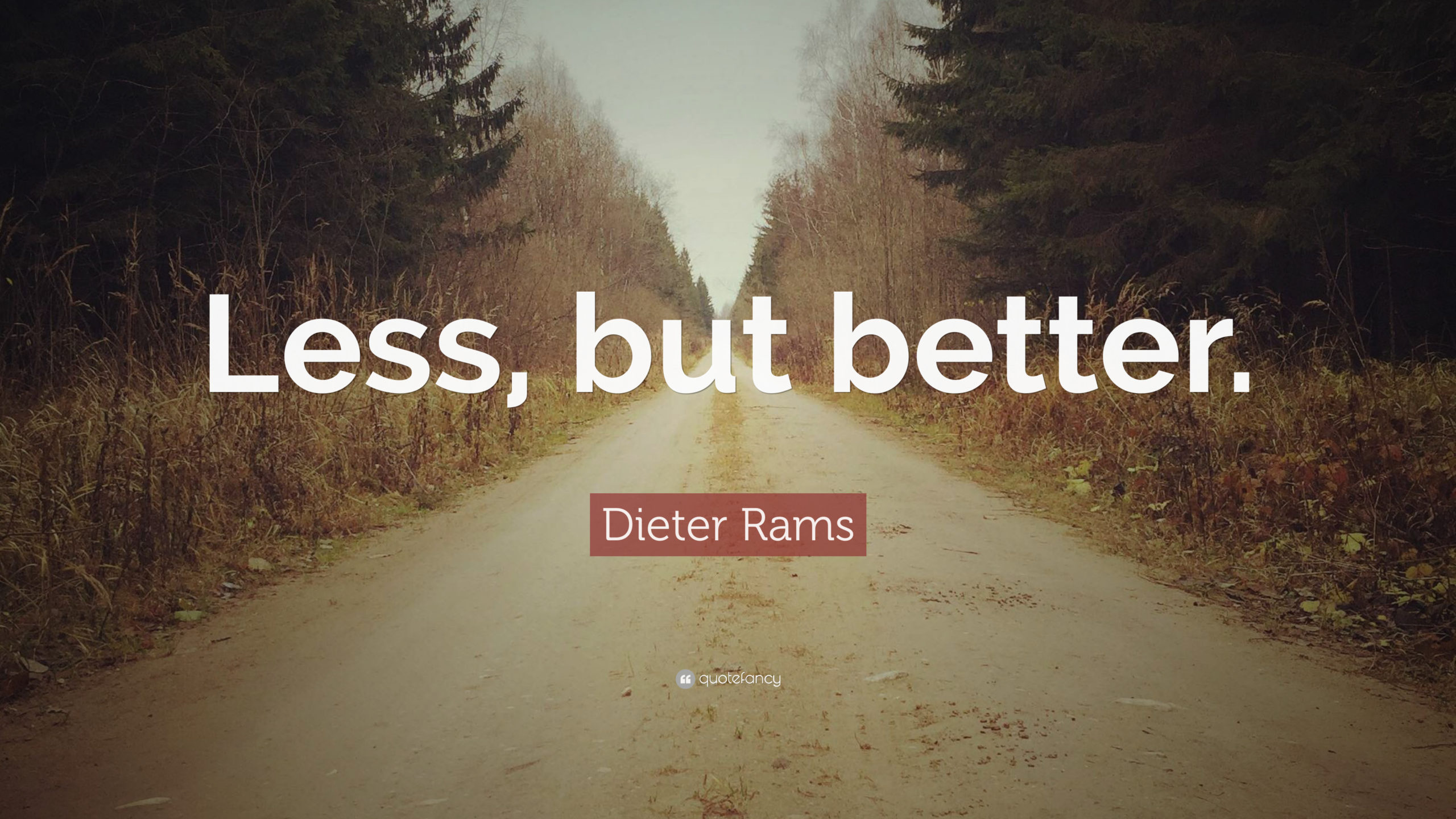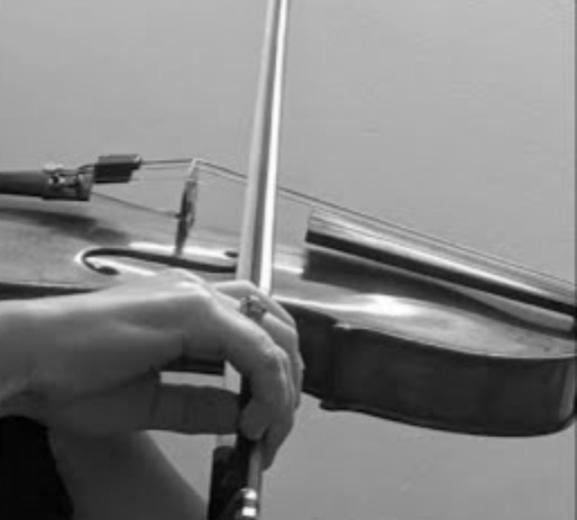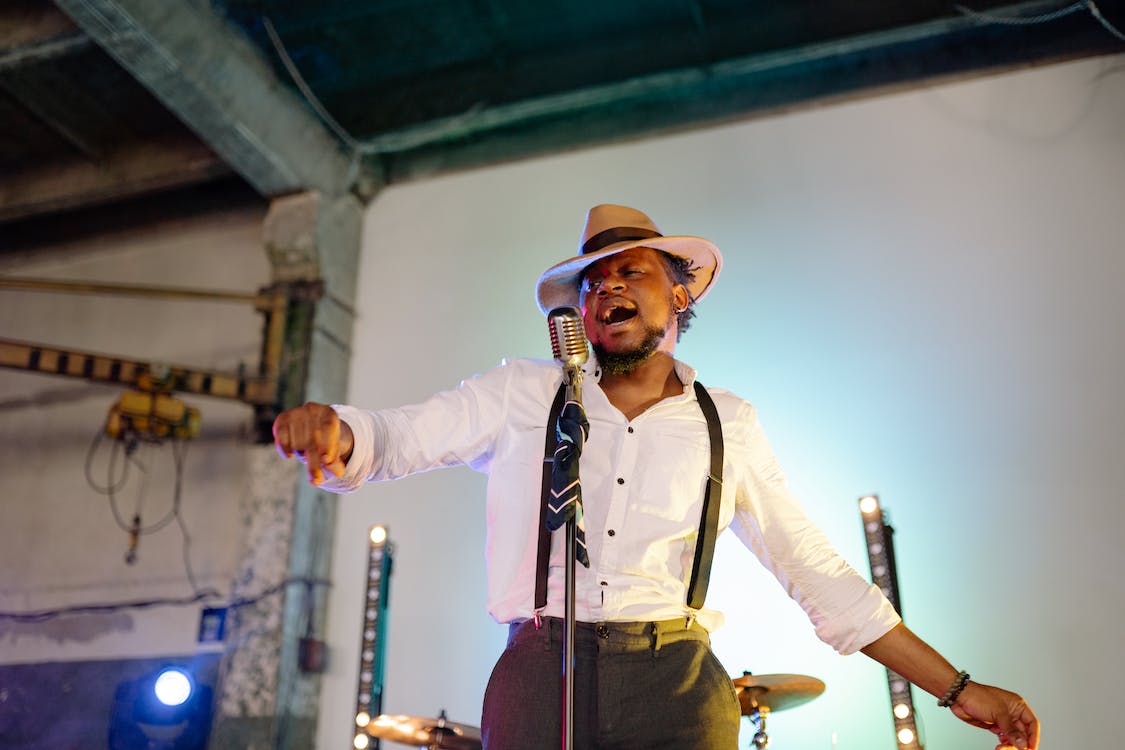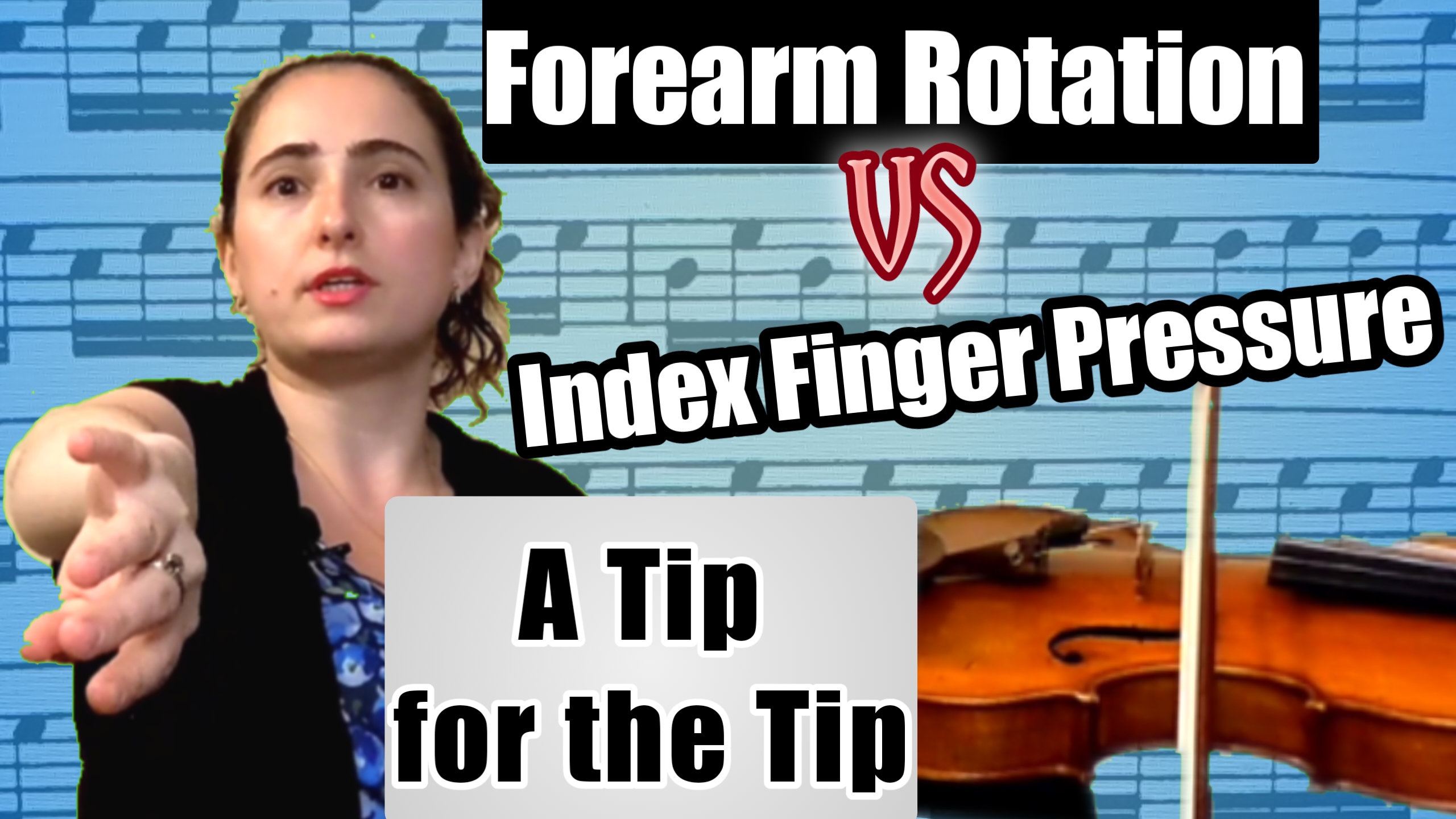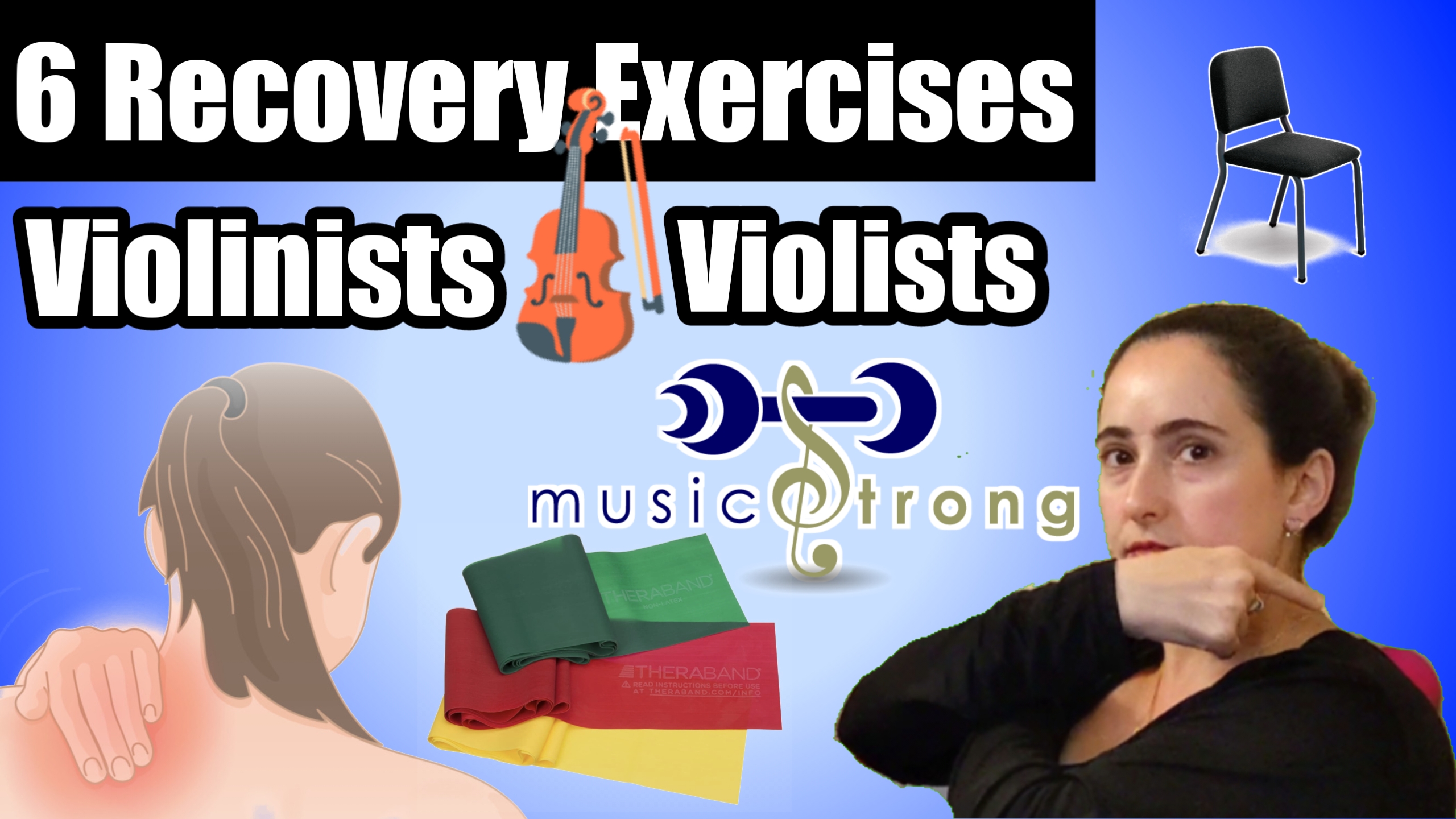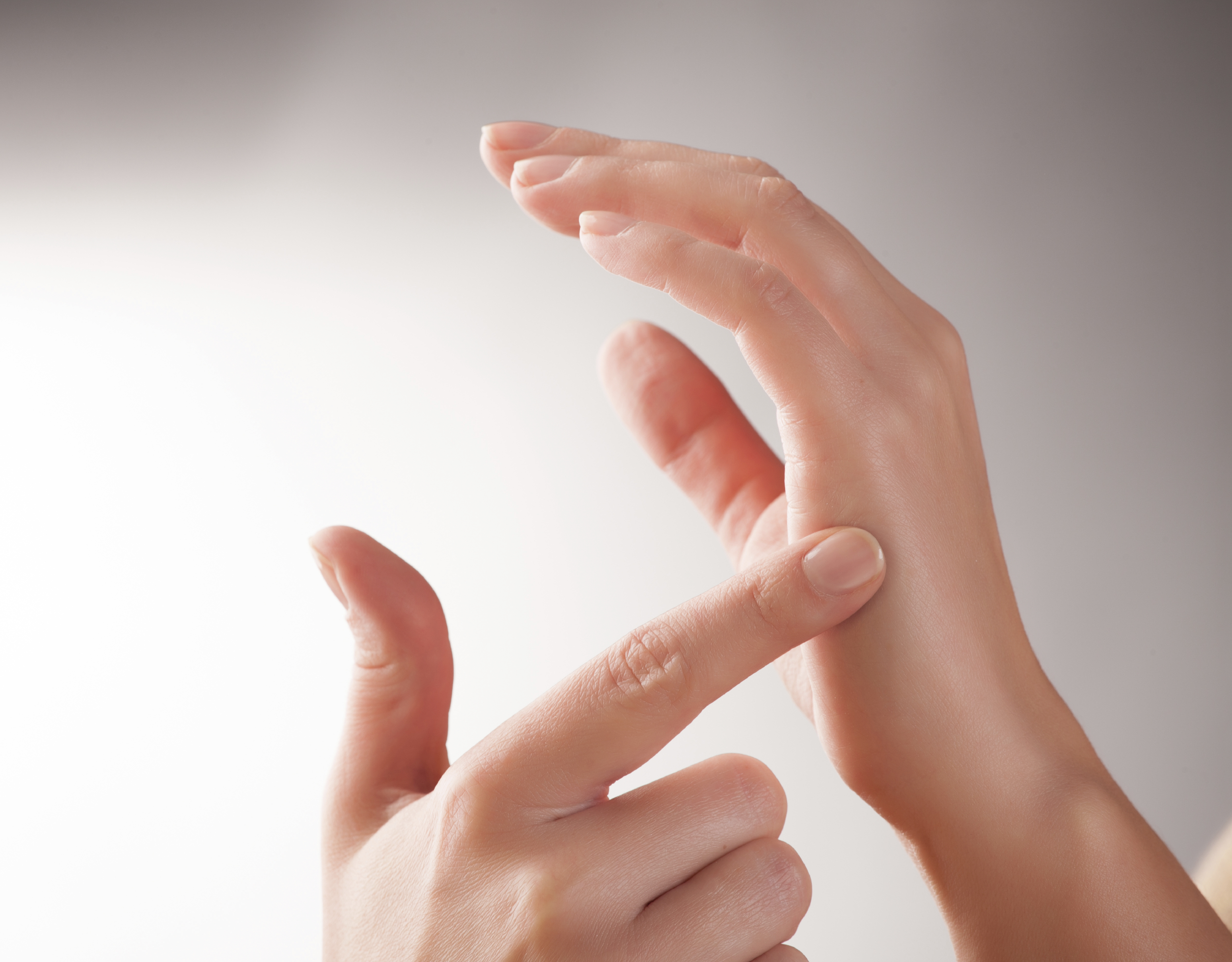
Affirmations – positive statements about ourselves in first person and in the present tense. But do they really help cope with performance anxiety and resolve negative feelings leading up to a performance?
Have you ever felt like a fool sitting there repeating phrases to yourself like “I am a great musician. I sound amazing. I am very confident about this.”? All in the midst of being a nervous wreck just before getting up on stage or taking an audition. Ever feel like you were forcing this message to your subconscious self and try to trick yourself out of feeling inadequate, intimidated, or like an impostor?
This is a pretty common scenario. Unfortunately, affirmations don’t always work, even with all best intentions. If we feel like we are lying to ourselves with these statements, affirmations may cause us more harm than good.
There is a better way.
Continue reading “What We Get Wrong about Affirmations and Why to Try EFT Instead”

